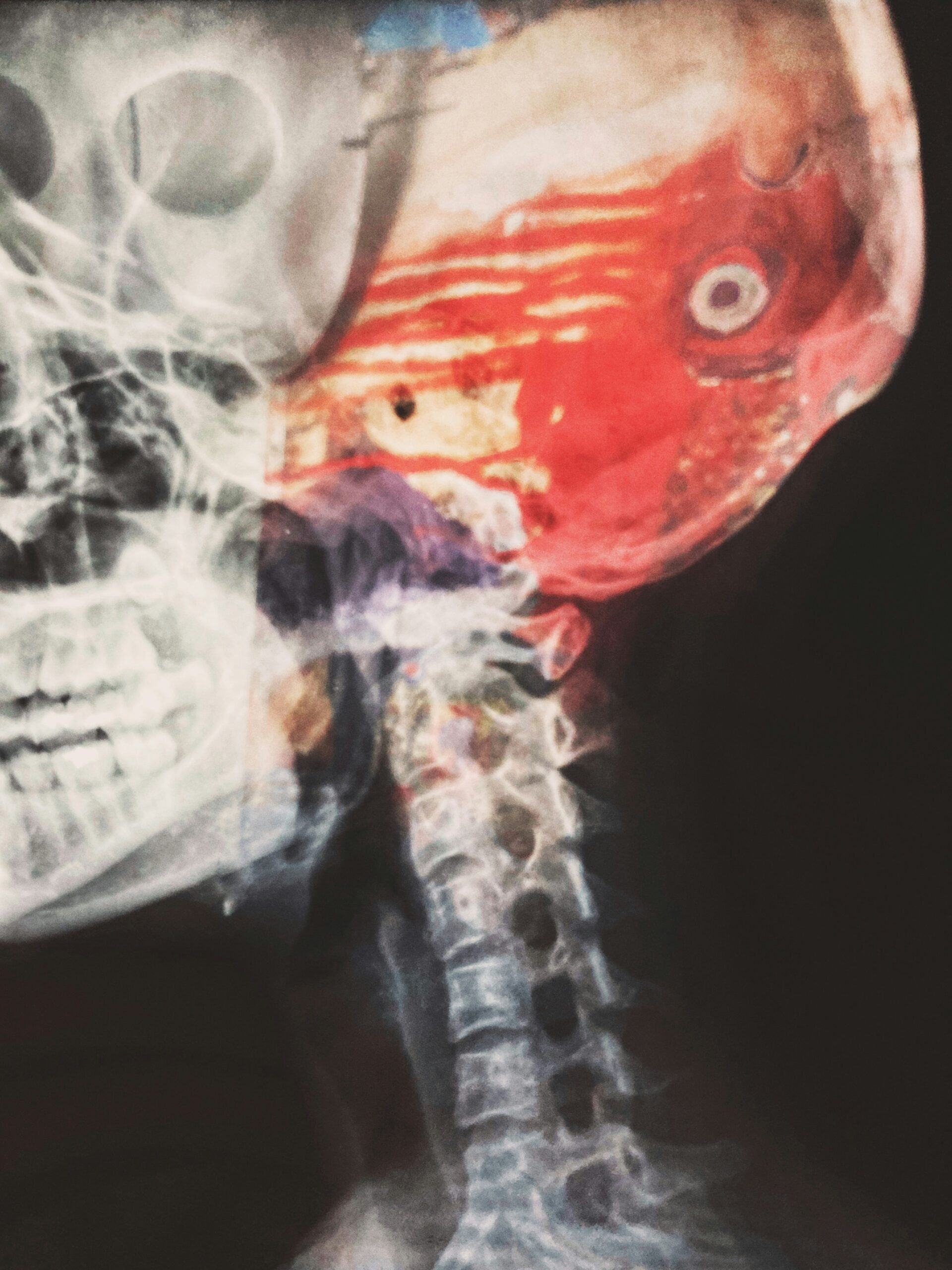
Orthopedic imaging has revolutionized how healthcare professionals diagnose and treat musculoskeletal conditions. Recent technological advancements are transforming this field, providing greater precision and efficiency. By leveraging cutting-edge tools, clinicians can offer patients better outcomes and a higher quality of care.
Revolutionary Imaging Modalities
The introduction of advanced imaging modalities has dramatically improved diagnostic capabilities in orthopedics. Magnetic Resonance Imaging (MRI) and Computed Tomography (CT) scans, for instance, have become indispensable tools for assessing intricate bone and joint structures. These technologies provide detailed cross-sectional images, allowing doctors to detect fractures, soft tissue injuries, and degenerative diseases with unparalleled clarity.
Additionally, 3D imaging techniques now enable healthcare providers to visualize anatomical structures in a way that was previously impossible. Transitioning from 2D to 3D imaging helps surgeons plan complex procedures with greater accuracy. Moreover, these innovations reduce the likelihood of surgical complications and improve patient outcomes.
Integrating Artificial Intelligence into Imaging
Artificial Intelligence (AI) is driving a paradigm shift in orthopedic imaging. By automating the analysis of medical images, AI algorithms can detect abnormalities such as fractures, tumors, and cartilage damage with remarkable speed and accuracy. Consequently, radiologists and orthopedic surgeons can focus more on treatment planning and less on labor-intensive image evaluation.
One significant advantage of AI is its ability to enhance early diagnosis. For example, AI-powered imaging systems can identify subtle signs of conditions like osteoarthritis long before symptoms become apparent. This proactive approach enables timely intervention, often preventing further deterioration. Furthermore, integrating AI into imaging reduces diagnostic errors, ensuring patients receive accurate and effective care.
Portable Imaging Devices and Accessibility
Advancements in portable imaging technology are expanding access to orthopedic care. Handheld ultrasound devices and compact X-ray machines allow clinicians to perform diagnostic evaluations outside traditional medical settings. These devices are especially beneficial for rural and underserved areas, where access to specialized healthcare may be limited.
Portable imaging tools also facilitate immediate decision-making in emergency situations. For instance, field-side imaging during sports events can provide real-time assessments of injuries, helping athletes return to play or receive necessary treatment promptly. Moreover, these innovations contribute to reducing healthcare costs by minimizing the need for expensive hospital-based imaging.
The Role of Robotics in Imaging
Robotics is revolutionizing orthopedic imaging by enhancing precision and efficiency. Robotic-assisted imaging systems are now being used in conjunction with surgical procedures, providing real-time feedback and guidance. This integration allows for more accurate placement of implants and reduces the likelihood of complications during surgery.
In addition to surgical applications, robotic imaging technologies streamline the diagnostic process. For example, robotic arms equipped with imaging sensors can capture high-resolution images from multiple angles, offering a comprehensive view of the affected area. As a result, these advancements support more informed clinical decisions and improve patient satisfaction.
Radiation-Free Imaging Alternatives
The quest for safer imaging methods has led to the development of radiation-free alternatives. Optical imaging and magnetic resonance techniques eliminate the risks associated with ionizing radiation, making them ideal for pediatric and pregnant patients. These modalities offer detailed insights into soft tissue, cartilage, and ligaments without compromising patient safety.
Another promising innovation is the use of ultrasound elastography, which measures tissue stiffness to identify abnormalities. This non-invasive technique is particularly useful for diagnosing conditions such as tendonitis and ligament injuries. Furthermore, radiation-free imaging methods align with the growing emphasis on patient-centered care and safety.
Future Prospects in Orthopedic Imaging
The future of orthopedic imaging holds immense promise, with ongoing research and development paving the way for groundbreaking innovations. Emerging technologies like augmented reality (AR) and virtual reality (VR) are set to transform surgical planning and education. By providing immersive 3D visualizations, AR and VR tools enable surgeons to rehearse procedures and enhance their skills.
Additionally, the integration of big data analytics with imaging platforms will further refine diagnostic accuracy. By analyzing large datasets, healthcare providers can uncover patterns and correlations that inform personalized treatment plans. This data-driven approach has the potential to revolutionize how musculoskeletal conditions are managed and treated.
Orthopedic imaging advancements are reshaping the landscape of musculoskeletal care, offering new possibilities for diagnosis, treatment, and patient outcomes. From AI-driven analysis to portable devices and radiation-free alternatives, these innovations reflect a commitment to enhancing precision and accessibility. As technology continues to evolve, orthopedic imaging will remain a cornerstone of modern healthcare, empowering clinicians to provide exceptional care while prioritizing patient safety and well-being.